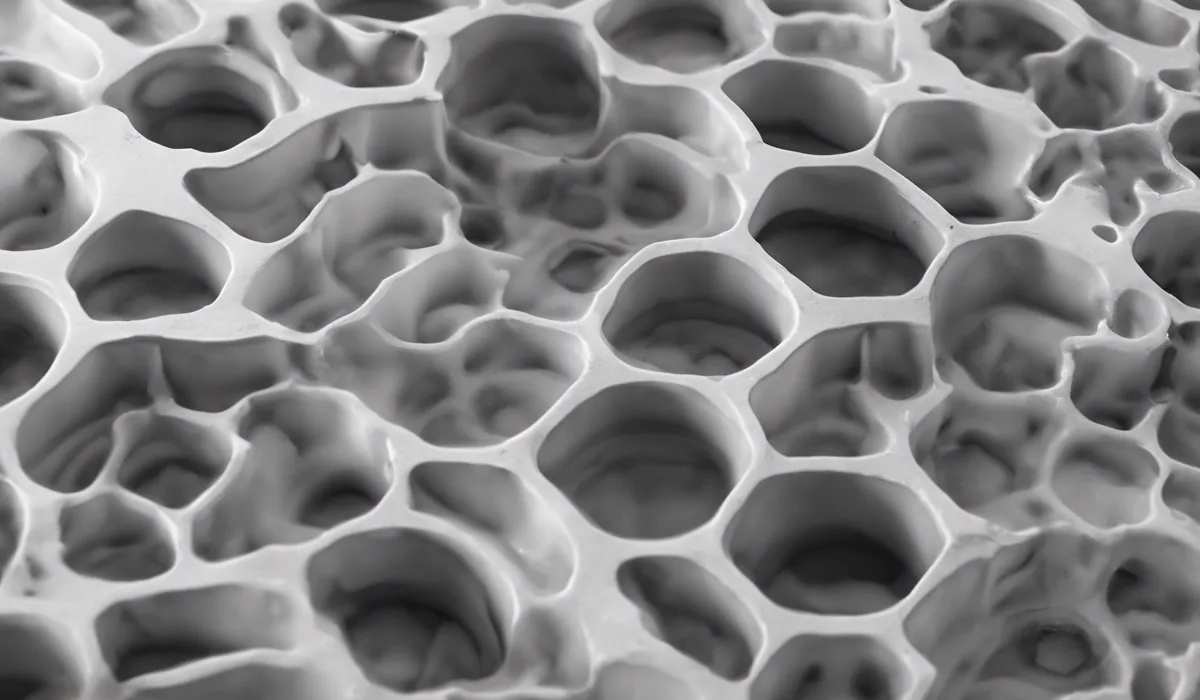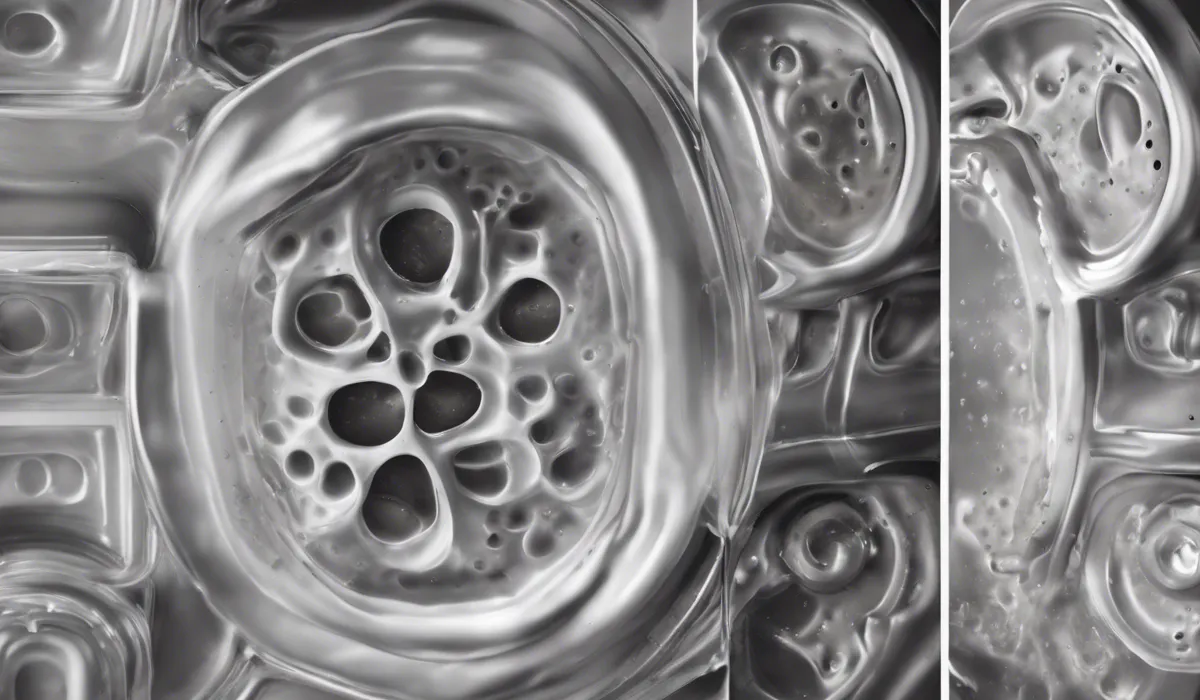A mold lawsuit duration varies, typically taking 1-3 years. Factors influencing the timeline include case complexity, legal processes, and settlement negotiations. Quick resolutions may occur if parties agree to settle early.
Understanding the Timeline of a Mold Lawsuit

Initial Consultation with an Attorney
When you suspect that mold in your home or workplace is affecting your health or property, the first step is to consult with a lawyer who specializes in mold litigation.
During this meeting, you will discuss the details of your case, including exposure, health issues, and property damage.
The attorney will explain your legal rights and the steps forward. This phase is crucial for setting the stage for your lawsuit and is typically swift, often concluding with a decision to proceed with legal action.
Investigation and Gathering of Evidence
After your initial consultation, your attorney will begin a thorough investigation. They will collect evidence such as medical records, mold testing reports, and expert opinions.
This stage is vital to building a strong case and can take several months, depending on the availability of information and the cooperation of involved parties.
Filing the Lawsuit
Once the evidence is gathered, your attorney will file a complaint in the appropriate court. This document lays out your claims against the defendant and starts the legal process.
Filing must be done within the statute of limitations, which varies by state, and it moves your case into the judicial system where timelines can become less predictable.
Complexity of the Case
The complexity of your mold lawsuit can greatly affect its duration. Simple cases with clear evidence may be resolved quicker, while more complex cases with extensive damage or health impacts can take years to untangle.
Each layer of complication may add to the timeline as it requires more evidence, expert testimony, and legal wrangling.
Jurisdiction and Local Laws
The laws governing mold exposure and property damage differ from one jurisdiction to another.
These variations can influence the duration of your lawsuit as they affect filing procedures, permissible evidence, and legal precedents. An experienced lawyer will navigate these local laws efficiently, which can reduce delays.
Availability of Parties and Witnesses
The schedules of everyone involved, including parties, witnesses, and experts, can impact the timeline of your mold lawsuit. If key individuals are unavailable, it may stall the progression of your case.
Synchronizing these schedules is often a logistical challenge that requires patience and flexibility.
The Court’s Caseload and Scheduling
The court’s docket is another factor that affects the duration of a mold lawsuit. A busy court with many cases ahead of yours may delay your trial date and other important hearings.
Your attorney can give you an estimated timeline based on the court’s current workload and scheduling practices.
Phases of a Mold Lawsuit

Pleadings and Motions
The pre-trial phase begins with the pleadings, where the plaintiff and defendant formally state their claims and defenses.
Following that, various motions may be filed to resolve procedural matters or to dismiss the case. This stage can last from a few months to a year, often depending on the complexity of the motions and the speed at which the court operates.
Discovery Process
Discovery is the phase where both sides exchange information through depositions, interrogatories, and requests for documents.
It is one of the most time-consuming stages as it involves gathering detailed evidence and can extend the timeline significantly, especially if there are disputes over what information must be shared.
Pre-trial Conferences and Mediation
Before going to trial, there are often conferences and mediation attempts to streamline the issues and potentially reach a settlement.
These meetings can lead to a faster resolution if both parties find common ground. However, if a settlement is not reached, the case moves forward to trial.
Jury Selection
If your mold lawsuit goes to trial and involves a jury, selecting impartial jurors is the next step.
This process, known as voir dire, can be relatively quick or drag on for days, depending on the attitudes and biases of the potential jury pool regarding mold and personal injury litigation.
Trial Proceedings
The trial itself is a critical phase where the facts of the case are presented through opening statements, evidence, and witness testimonies.
The duration of the trial can vary widely based on the amount of evidence, the number of witnesses, and the legal issues at stake.
Verdict and Potential Appeals
After closing arguments, the jury (if present) will deliberate and reach a verdict. If either party is dissatisfied with the outcome, they may file an appeal, potentially prolonging the process for months or years.
Appeals are based on legal errors, not factual disputes, and require a detailed review of the trial record.
Potential Delays and Expedients

Procedural Issues
Procedural hurdles, such as challenges to evidence or legal arguments, can delay the lawsuit.
These issues might require additional hearings and rulings, which add time to the litigation process. Diligent preparation and adherence to court protocols by your attorney can minimize these delays.
Continuances and Adjournments
Continuances and adjournments are requests to postpone court proceedings. They can be requested for various reasons, such as the need for more time to prepare or conflicts in schedules. While sometimes necessary, they contribute to a longer litigation timeline.
Settlement Negotiations
Settlement negotiations often occur throughout the lawsuit. These talks can lead to a resolution without a trial, but they can also be time-consuming.
Both parties must agree on the terms, and if negotiations stall, the lawsuit continues to the next phase.
Staying Organized and Responsive
Being organized and responsive to your attorney’s requests can help expedite the lawsuit.
Providing documents promptly, responding to communication, and making decisions quickly can keep the case moving forward without unnecessary pauses.
Alternative Dispute Resolution Methods
Methods such as mediation or arbitration can serve as alternatives to a trial. These processes can be faster and less formal than court proceedings, leading to a quicker resolution.
Your attorney can advise whether these options are appropriate for your case.
Settlement Out of Court When Appropriate
Finally, settling out of court can be the quickest way to conclude a mold lawsuit. If both sides can agree on a fair compensation, it avoids the need for a trial and the potential for appeals.
Settlements can occur at any stage of the lawsuit and are often encouraged to save time and resources for all parties involved.
FAQs About Mold Lawsuit Duration
What is the average duration of a mold lawsuit?
The average duration of a mold lawsuit typically ranges from 1 to 3 years.
What factors can extend the length of a mold lawsuit?
Case complexity, legal processes, and the duration of settlement negotiations can significantly extend the length of a mold lawsuit.
Is it possible for a mold lawsuit to be resolved quickly?
Yes, quick resolutions are possible if the parties involved agree to settle the lawsuit early.
How does case complexity affect mold lawsuit timelines?
Greater complexity can lead to more extensive investigations, evidence gathering, and legal arguments, which in turn can prolong the lawsuit.
Can the legal process itself impact how long a mold lawsuit takes?
Yes, the inherent steps in the legal process, such as filing motions, discovery, and court scheduling, can impact the duration of a mold lawsuit.
Final Thoughts
The duration of a mold lawsuit is typically 1-3 years, with the timeframe hinging on the case’s complexity, legal procedures, and the pace of settlement discussions.
Some cases may conclude more swiftly if the involved parties reach an early settlement agreement.
